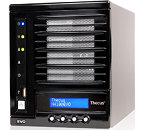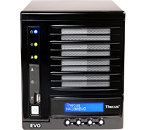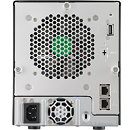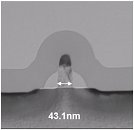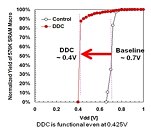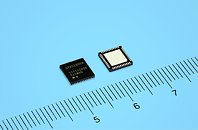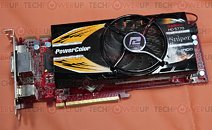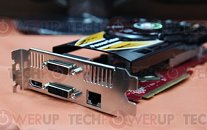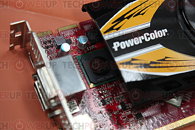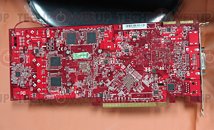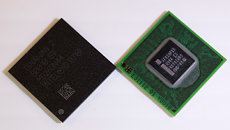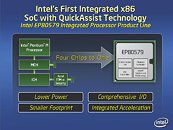USB-IF Announces Intel 7 Series and Intel C216 Chipset Family USB 3.0 Certification
The USB Implementers Forum (USB-IF) today announced the upcoming Intel 7 Series Chipset and Intel C216 Chipset Family host silicon has achieved SuperSpeed USB certification by the USB-IF. The certified solution includes four SuperSpeed USB ports integrated into the chipset, enabling manufacturers to conveniently incorporate SuperSpeed USB into their systems.
"This is a tremendous milestone for the industry," said Jeff Ravencraft, USB-IF President & COO. "With USB-IF certification of Intel's integrated USB host silicon, host manufacturers will be able to bring SuperSpeed USB to the masses. Intel's commitment to SuperSpeed USB will continue to provide peripheral device manufacturers a compelling incentive to develop a growing number of diverse SuperSpeed USB products."
"This is a tremendous milestone for the industry," said Jeff Ravencraft, USB-IF President & COO. "With USB-IF certification of Intel's integrated USB host silicon, host manufacturers will be able to bring SuperSpeed USB to the masses. Intel's commitment to SuperSpeed USB will continue to provide peripheral device manufacturers a compelling incentive to develop a growing number of diverse SuperSpeed USB products."

